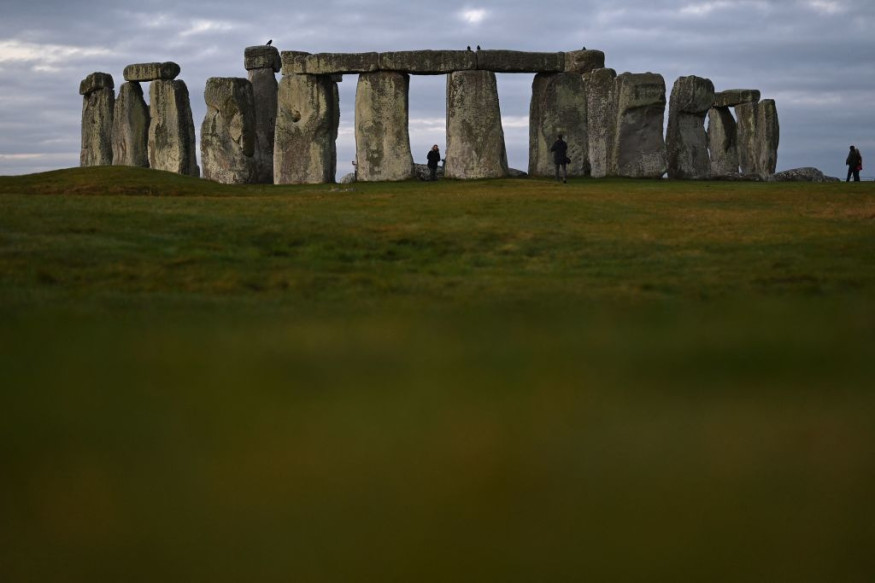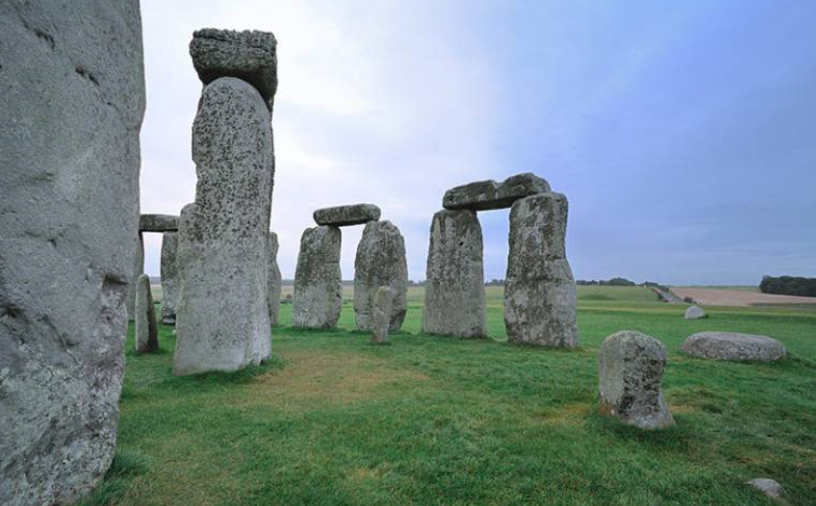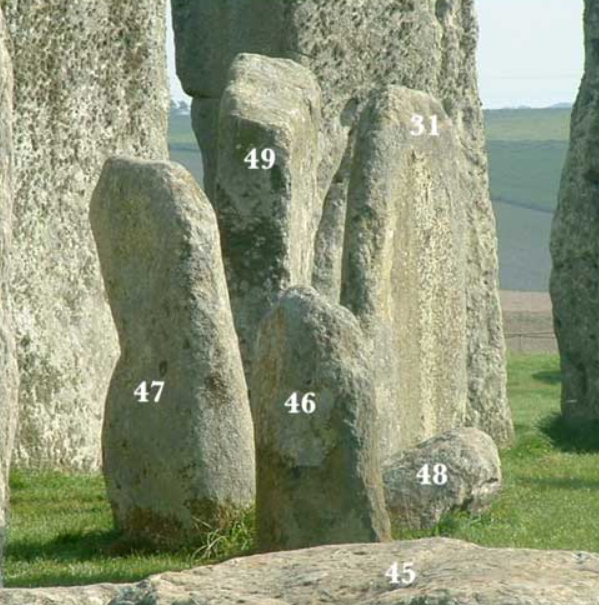Stonehenge Mystery Grows After Geologists Found That One of its Stone Is Not From Orkney
The long quest to find the source of the mysterious altar stone of Stonehenge has just experienced yet another sudden twist.
According to Aberystwyth University, one of Stonehenge's stones called 'altar' did not come from Orkneys, which has been an idea for geologists for some time.
Dr. Bob Ixer, one of the researchers, stated "The more we learn about Stonehenge, the weirder it gets," referring to different stone origins studied over time.

Where Did the Altar Stone From Stonehenge Come From?
To clarify, the new findings are a follow-up to earlier research shared by UCL London Global University that had established the origin of the altar stone in northern Scotland, more specifically from sandstone deposits in an area such as Orkney and Shetland.
Now, it has been proved that, after all, Orkney may not be the source, as was earlier suspected because the famous stone circles showed marked differences from the structure composition of the altar stone.
According to The Guardian, Dr. Ixer stated that while Orkney was the obvious starting point for the investigation, they will be focusing their attention on other sources.
The study's lead author, Richard Bevins acknowledged that the origin of altar stone will not be found quickly because of how massive the Orcadian basin is. However, the group is hoping that it will be achievable.
Looking ahead, the search will possibly scan other parts of Britain to determine the true origin of the altar stone.
The Stones of Stonehenge
Now, it's worth noting that the recent research focused specifically on the altar stone of Stonehenge, not the entire structure.
According to English Heritage, besides Altar Stone, there are about 43 Sarsen Stones and 40 Bluestones in Stonehenge.

The large, upright stones forming the outer circle are known as the sarsens stones; the central trilithons are also called sarsen stones. These were brought from Marlborough Downs, which is approximately 20 miles north of Stonehenge. The sarsens are a type of sandstone known for their resilience and said to have moved by methods of rolling and dragging combined.

Meanwhile, bluestones refer to smaller stones found in the inner circle and the horseshoe arrangement of Stonehenge. These were originally from the Preseli Hills in Pembrokeshire, Wales, about 150 miles (240 kilometers) away.
A British Academy's recently conducted research says these stones were transported to Stonehenge using a combination of waterways and overland routes.
Related Article : Top 5 Impossible Ancient Structures Explained
From Digital Models to 3D-Printed Homes: Jaspreet Kaur Lall Explains How the Innovation Changes the Construction Industry

Future Belongs to Green Construction: Sampath Kumar Paspunoori Explains One of the Key Trends in the Construction Industry

Kamala Harris' Campaign Ad Uses Iconic Visuals from Carrie Mae Weems to Connect with Voters

Historic Ancient Roman Ruins in Baalbek Remain Strong After Israeli Air Strikes; Locals Seek Cultural Protection

4 Ways to Honor Departed Loved Ones in Your Home Design












